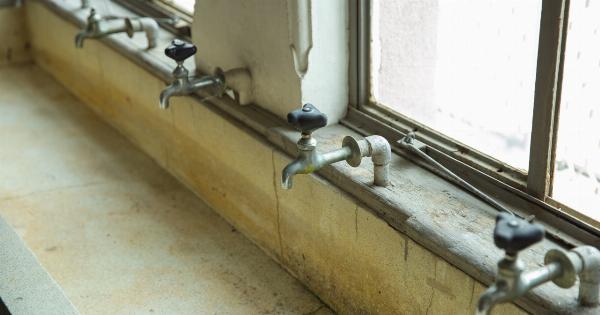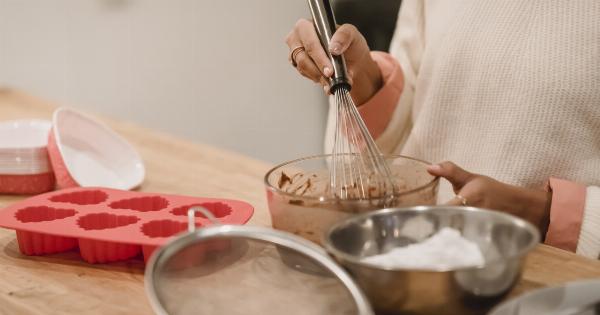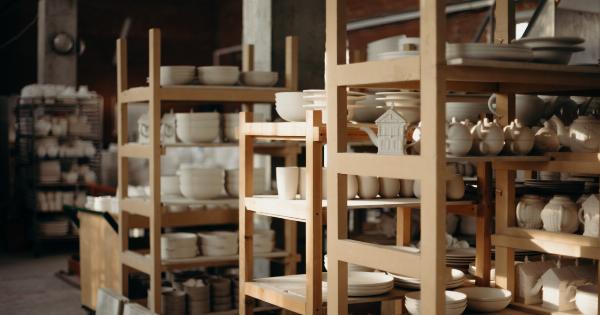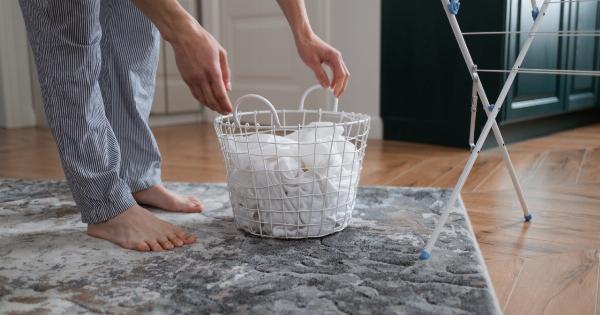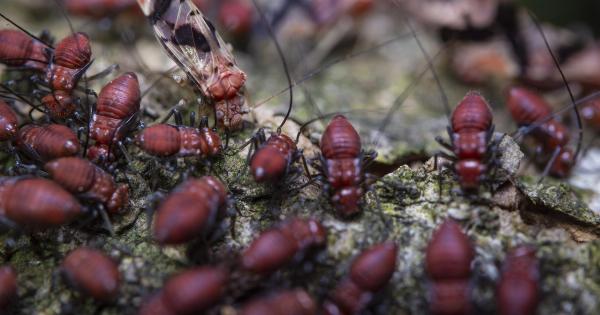Mold is a common household problem that can lead to various health issues if not addressed promptly. It thrives in damp and humid environments, spreading quickly and affecting the air quality in your living space.
Identifying mold early on is crucial in order to prevent its growth and protect yourself and your family. In this article, we will discuss ten effective ways to identify mold in your house, helping you maintain a healthy and mold-free living environment.
1. Visible Mold Growth
The most obvious way to identify mold is through visible growth. Mold often appears as discolored patches on walls, ceilings, or furniture, ranging in colors from green and black to white or yellow.
Pay close attention to areas with higher moisture levels, such as bathrooms, kitchens, and basements. Inspect these areas regularly for any signs of visible mold. Remember that mold can also grow in hidden places, so be thorough in your examination.
2. Musty Odor
Mold is commonly associated with a musty smell. If you detect a persistent earthy or damp odor in certain areas of your house, it might indicate the presence of mold. Follow your nose and investigate the source of the smell.
Mold growth may not always be visible, as it can hide behind walls, under carpets, or in ductwork. Trust your sense of smell and be proactive in locating any potential mold growth areas.
3. Allergic Reactions
Mold spores can trigger allergic reactions in individuals who are sensitive to them.
If you or any family member experience allergic symptoms such as sneezing, coughing, watery eyes, or a runny nose when spending time in specific areas of your house, it could indicate the presence of mold. Pay attention to these reactions and try to identify if they consistently occur in certain rooms or areas. This can help pinpoint potential mold growth areas.
4. Water Stains
Water stains on walls, ceilings, or floors can be a sign of past or ongoing moisture issues, which make an ideal environment for mold growth. Even if there is no visible mold, water stains should not be ignored, as they indicate a potential problem.
Investigate the source of the water stain, as it might lead you to hidden mold growth behind or underneath the affected surface.
5. Condensation
Excessive condensation on windows, pipes, or other surfaces can create a breeding ground for mold. If you notice persistent condensation that doesn’t go away, it might indicate high humidity levels, poor ventilation, or insulation issues.
This moisture-rich environment is conducive to mold growth, making it important to address the underlying cause and take preventive measures.
6. Peeling or Cracked Paint
Mold can cause paint to peel, crack, or bubble on walls or ceilings. If you notice such signs, it might be an indication of moisture problems and potential mold growth underneath the surface.
Investigate the affected areas thoroughly to determine if mold is present.
7. Warped or Bulging Walls
Warped or bulging walls can be a strong indication of moisture damage, which can lead to mold growth.
If you notice walls that are not straight or even, especially in areas prone to moisture such as bathrooms or kitchens, it’s important to investigate further. Mold growth might be causing the structural damage, and prompt action is necessary in such cases to prevent further deterioration.
8. Discolored Grout or Caulk
Mold can also grow in between tiles, affecting grout or caulk. If you notice discolored or darkening grout or caulk lines, it might be a sign of mold growth. Inspect these areas closely, as mold can be hidden beneath the surface.
Replacing the affected grout or caulk and addressing the underlying moisture issue is necessary to eliminate mold growth.
9. High Humidity Levels
Monitoring the humidity levels in your house is crucial in preventing mold growth. High indoor humidity, typically above 60%, creates an ideal environment for mold to thrive.
Invest in a reliable hygrometer to measure the humidity levels in different rooms. If you consistently register high humidity, it’s important to take steps to reduce it, such as using dehumidifiers, improving ventilation, or sealing air leaks.
10. Professional Mold Inspection
If you’ve noticed some of the signs mentioned above or are concerned about mold growth in your house, consulting a professional mold inspector is a wise decision.
A trained inspector can conduct a thorough assessment of your home, checking for hidden mold, detecting potential moisture sources, and providing guidance on proper mold remediation techniques if necessary. Professional assistance ensures that you address the problem effectively and prevent it from recurring.
By familiarizing yourself with these ten ways to identify mold in your house, you can take proactive steps to maintain a healthy living space for you and your family.
Promptly addressing mold growth and preventing its recurrence will not only preserve the structural integrity of your house but also safeguard your health from the potential risks associated with mold exposure.

